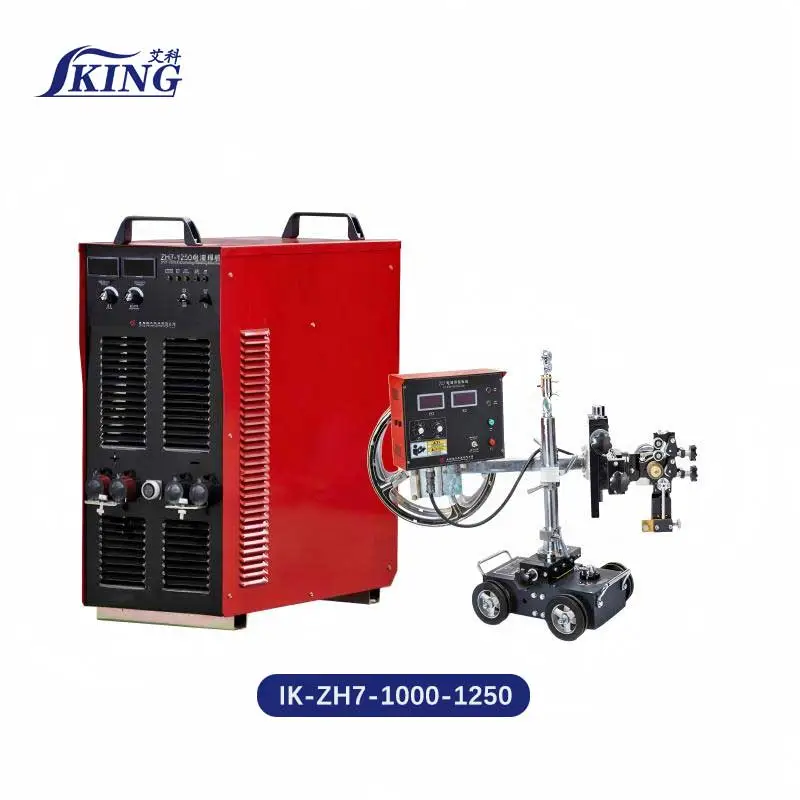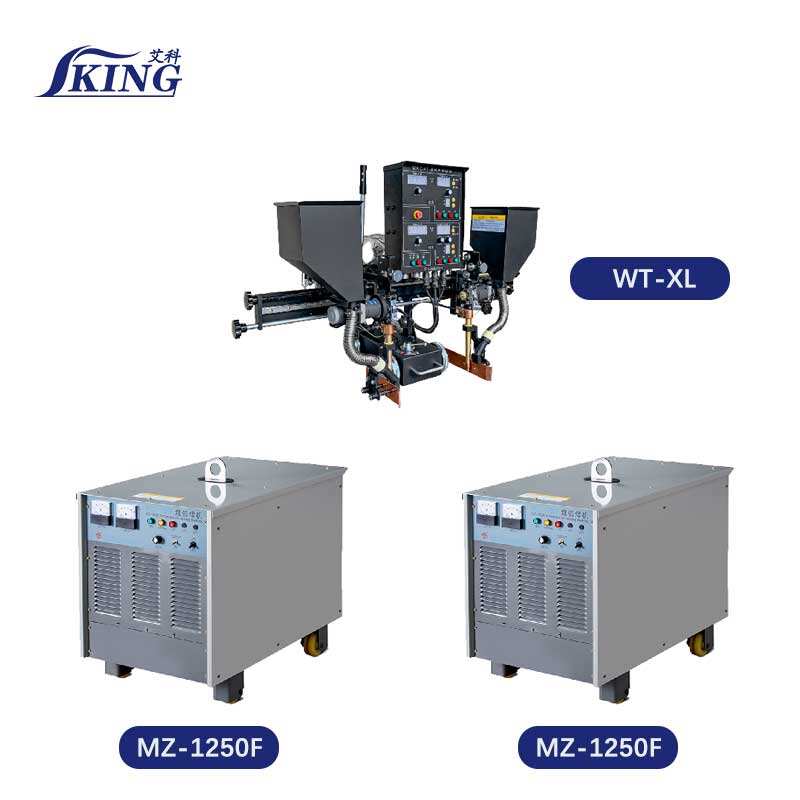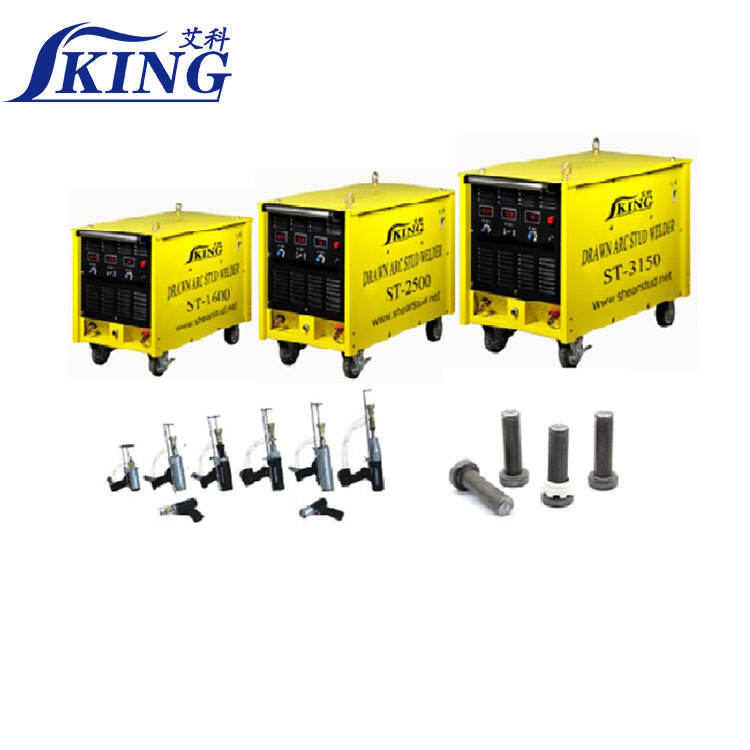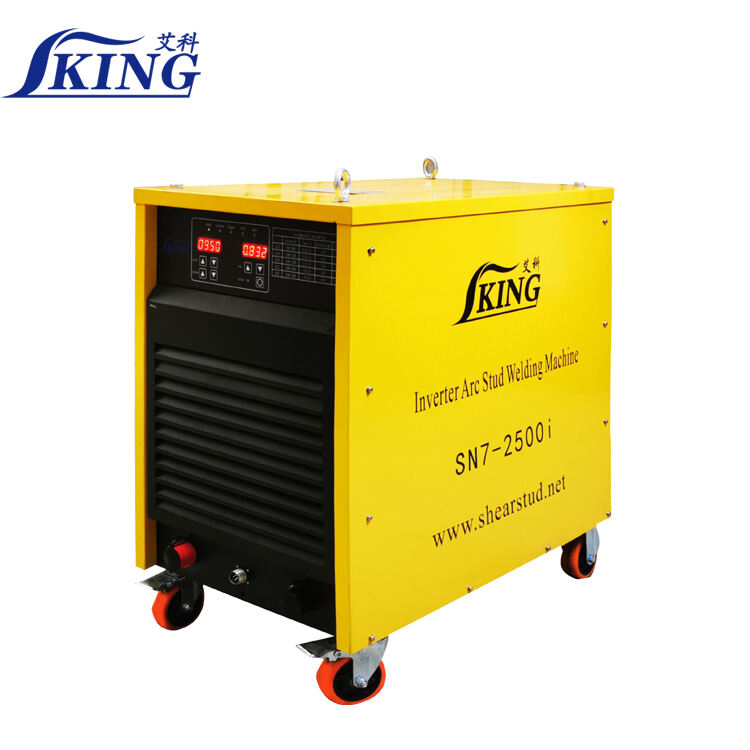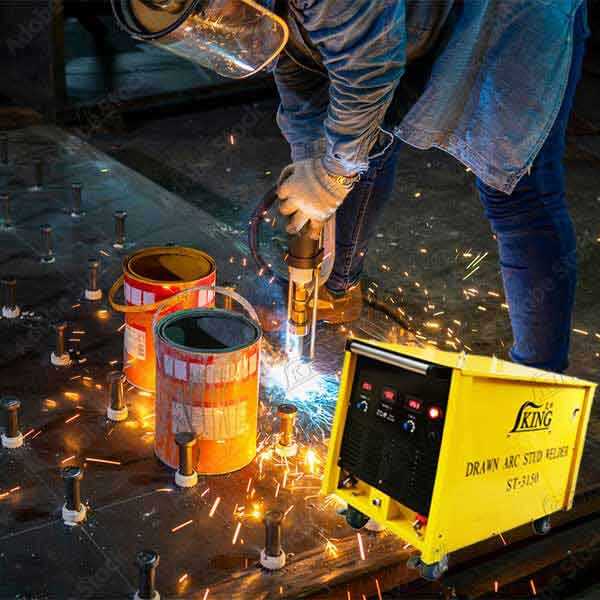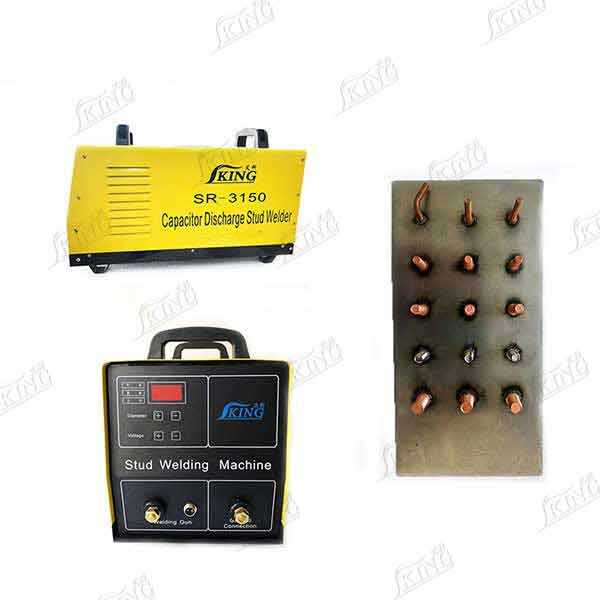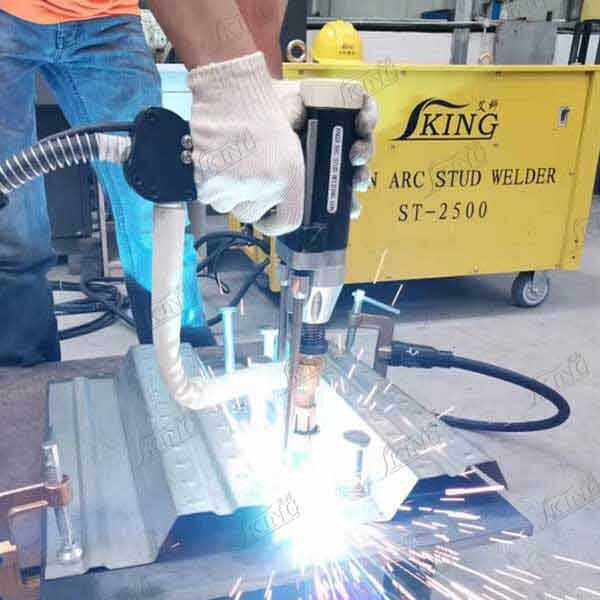threaded stud welder
A threaded stud welder is a sophisticated piece of equipment designed for precise metal fastening applications in manufacturing and construction. This advanced welding system efficiently attaches threaded studs to metal surfaces through a controlled electrical arc process, creating permanent, high-strength connections. The device operates by generating a brief, intense electrical current that melts both the base material and the stud end, followed by automated pressure application that ensures proper fusion. Modern threaded stud welders incorporate microprocessor-controlled timing systems, allowing for precise weld duration and energy output adjustments. These machines typically feature digital displays for parameter monitoring, automated weld cycle control, and built-in quality assurance mechanisms. The technology accommodates various stud sizes, typically ranging from M3 to M16, and works effectively with different metal types, including steel, stainless steel, and aluminum. The process is remarkably fast, often completing a weld in less than a second, while maintaining consistent quality across multiple applications. These welders are extensively used in automotive manufacturing, shipbuilding, construction, and industrial equipment assembly, where secure and reliable fastening is crucial.

